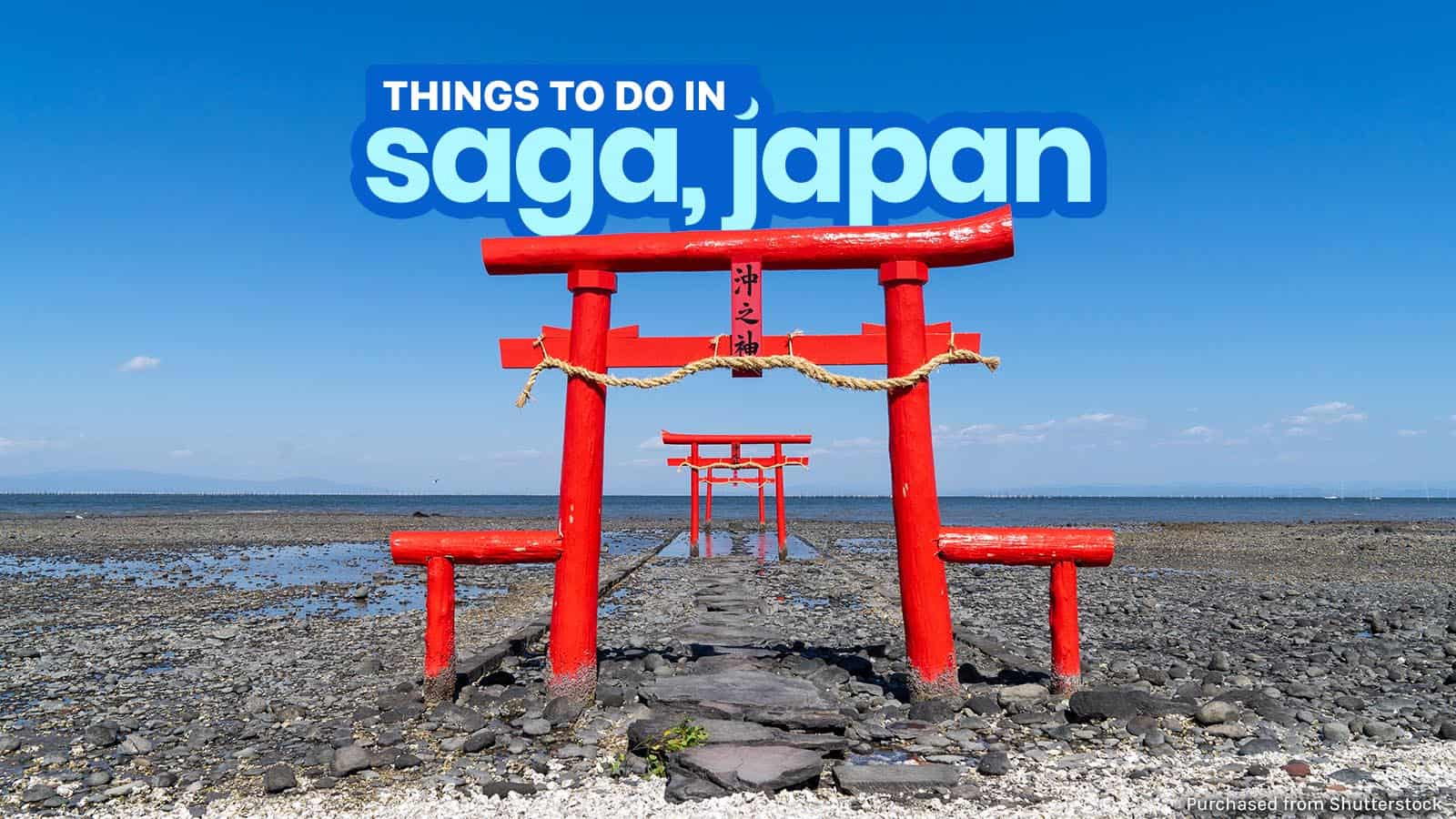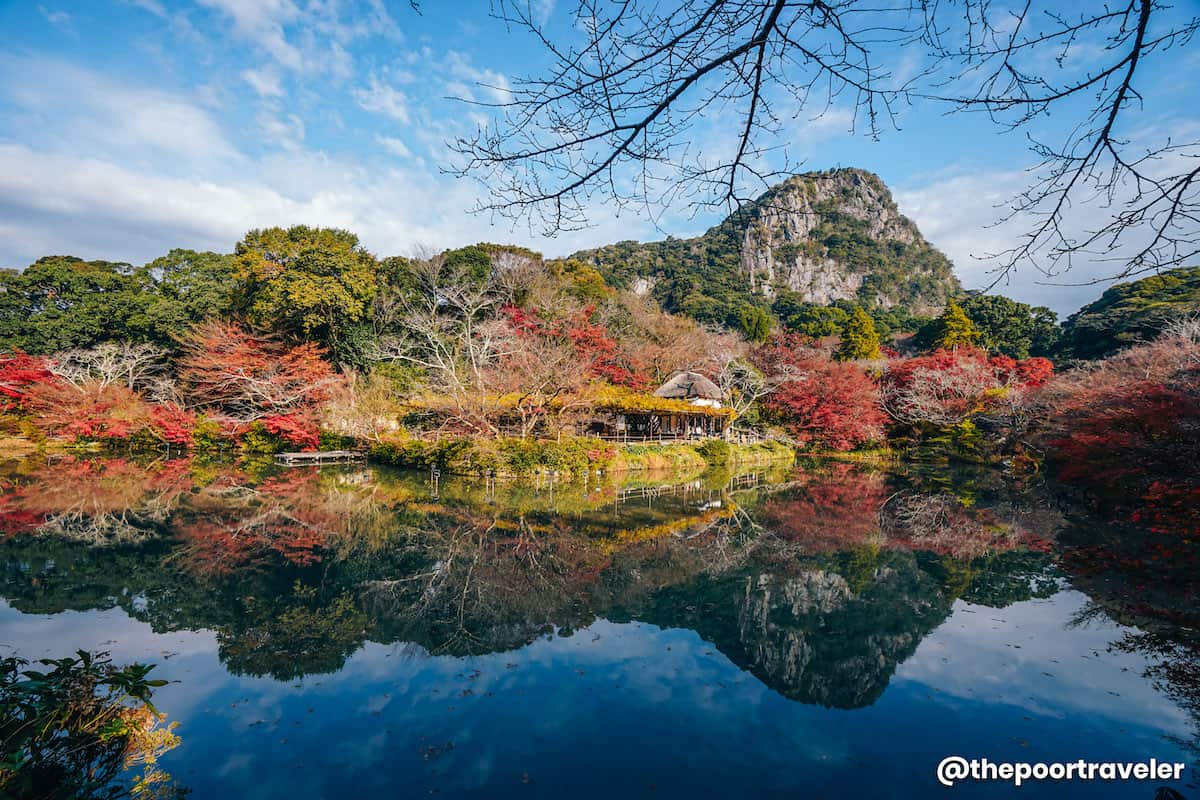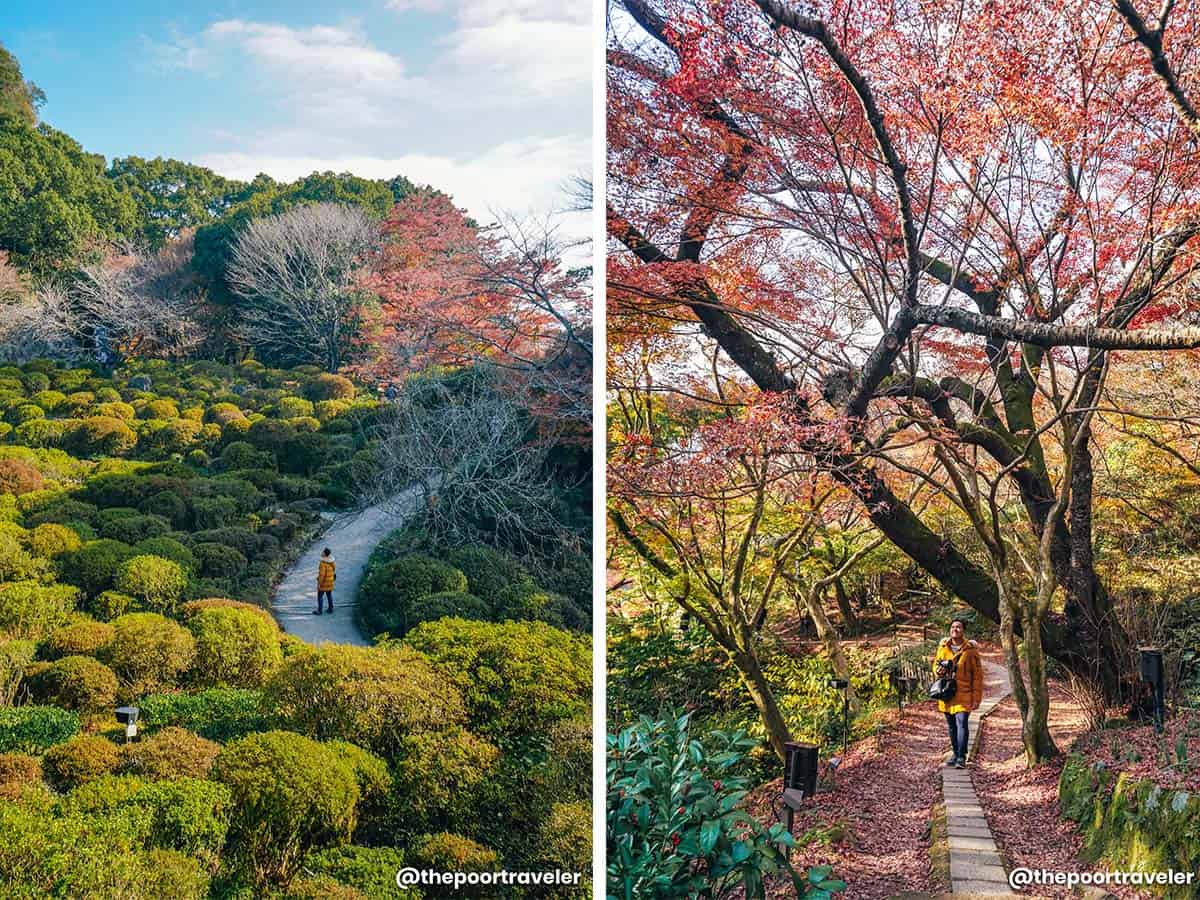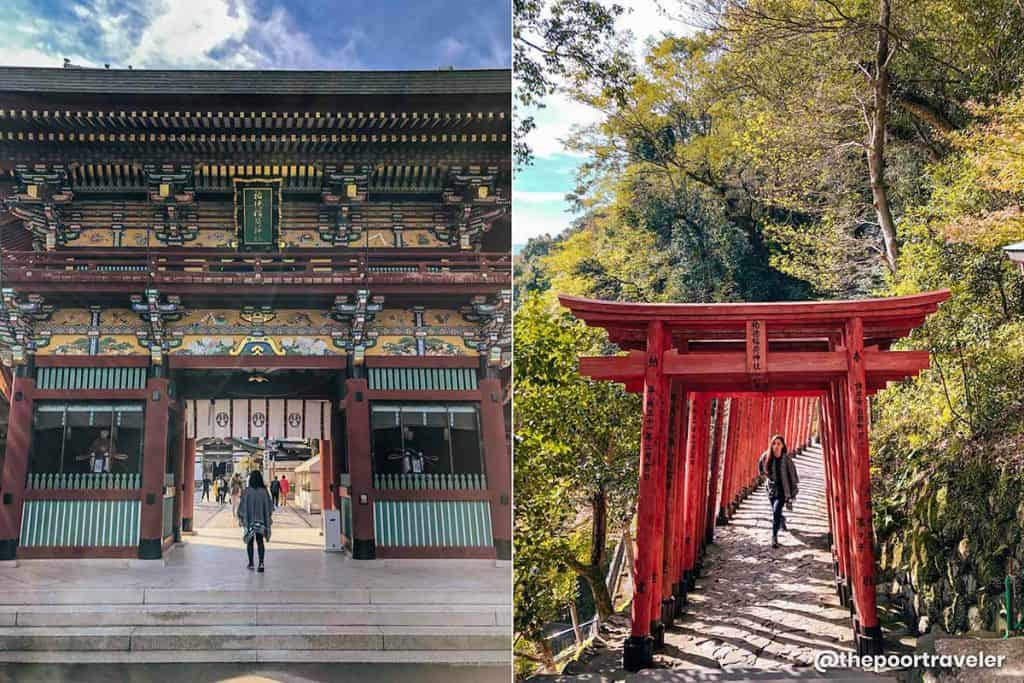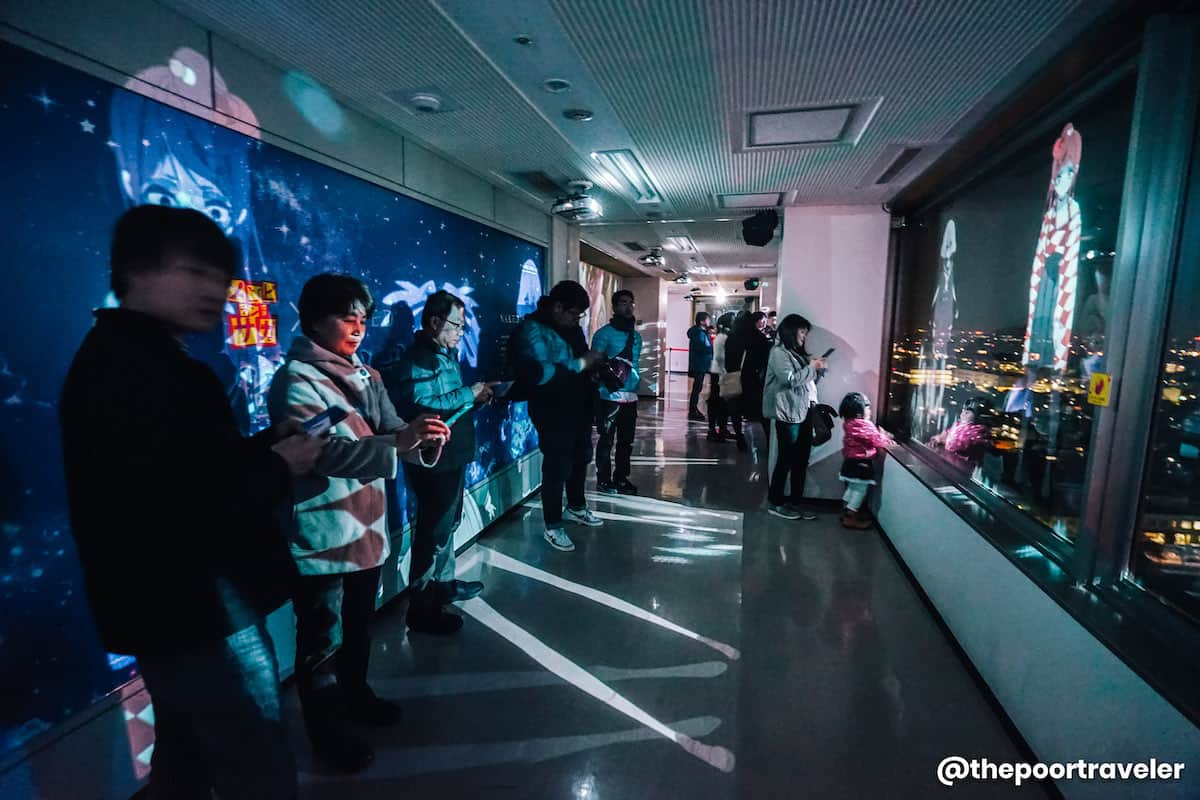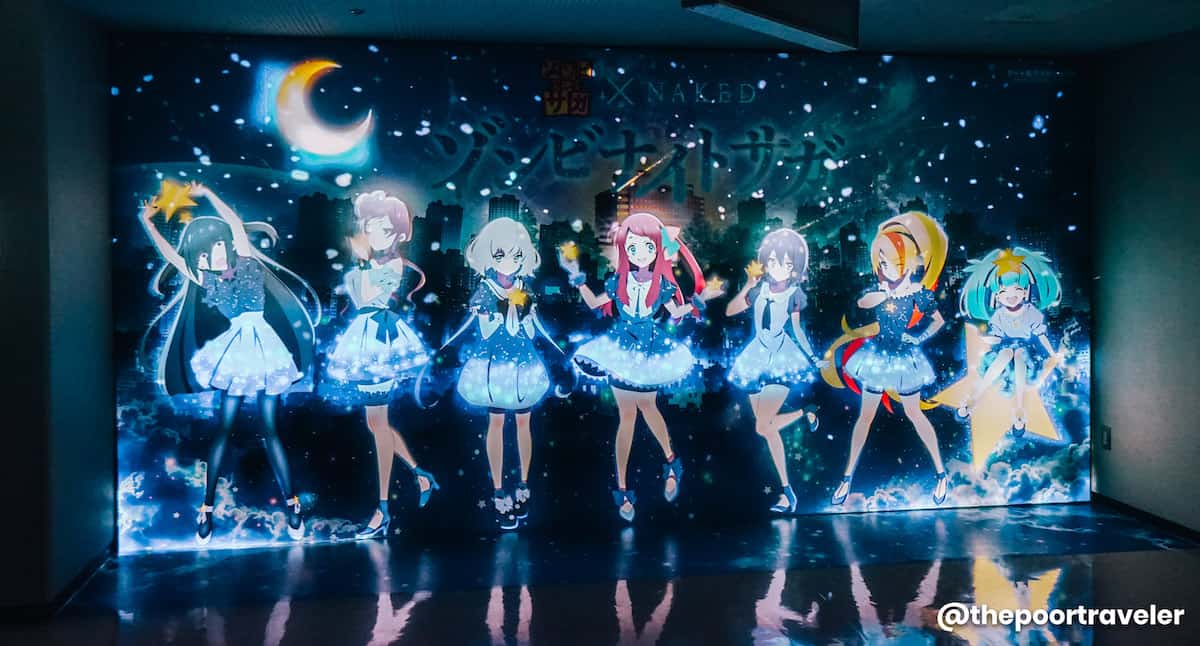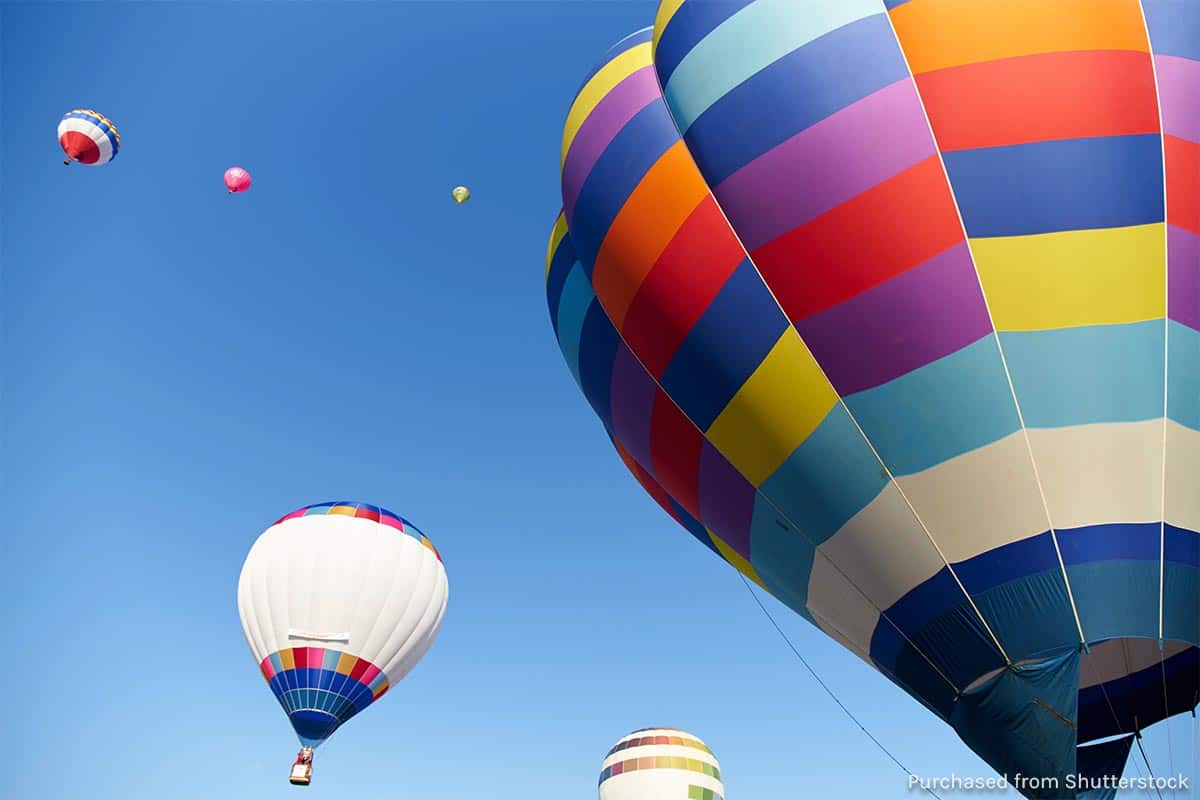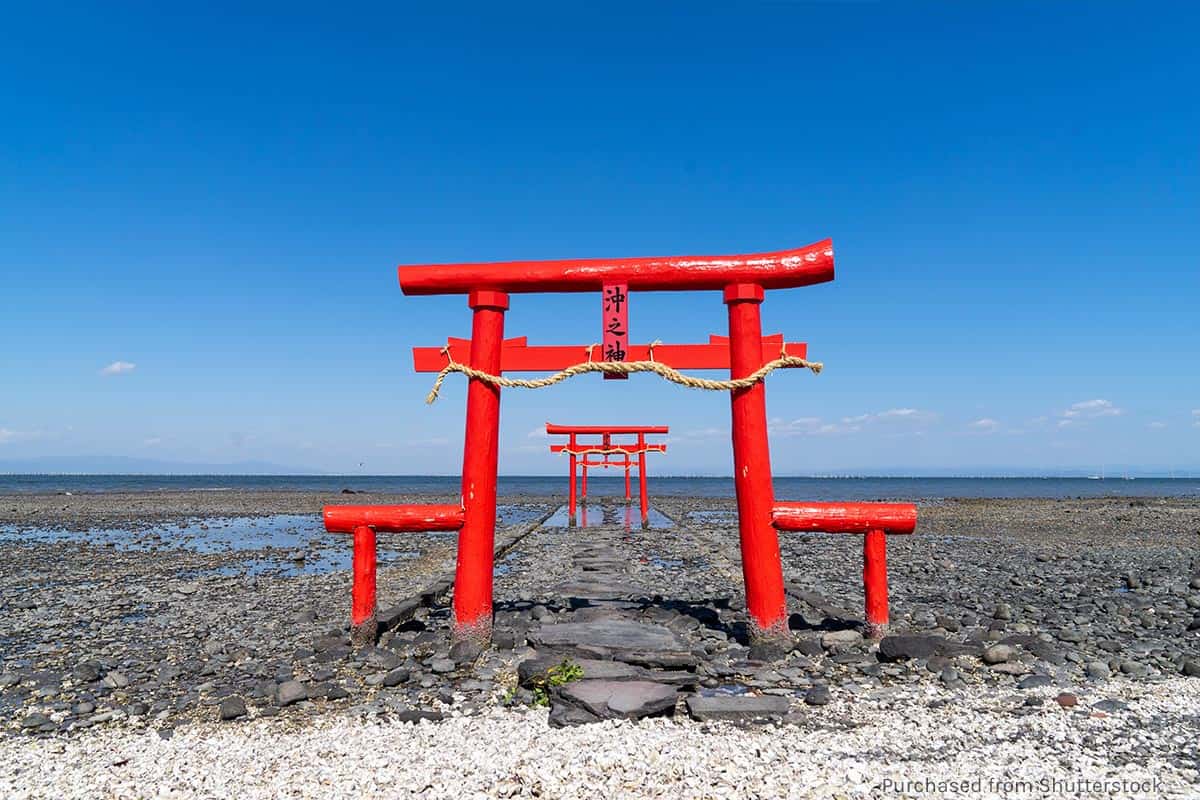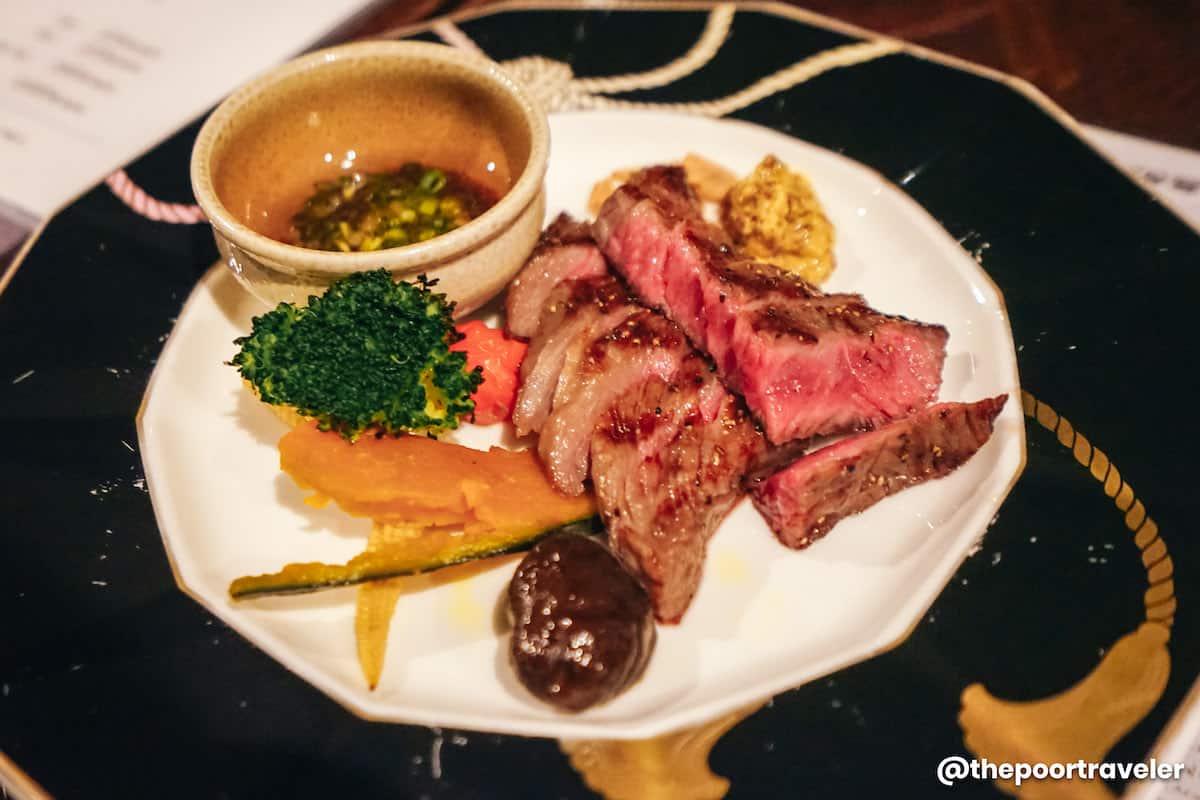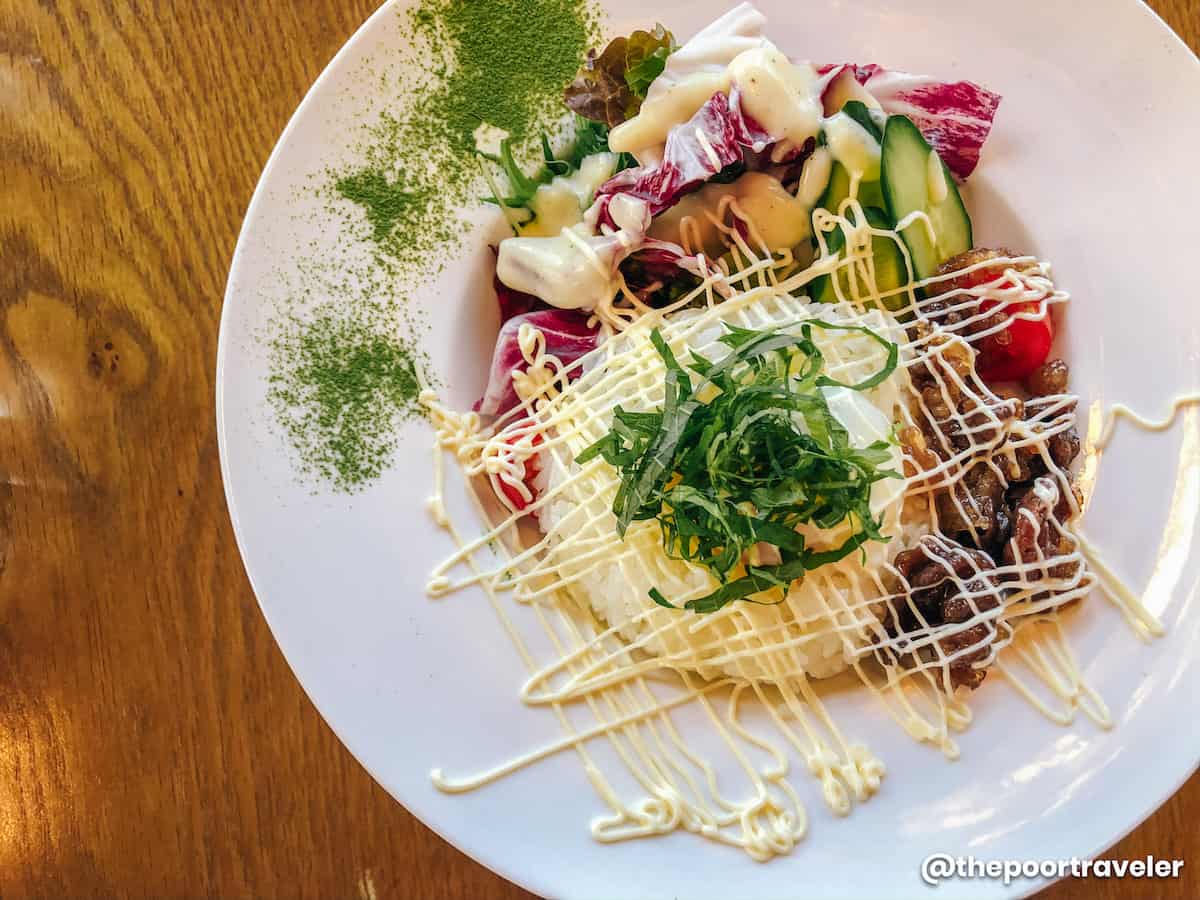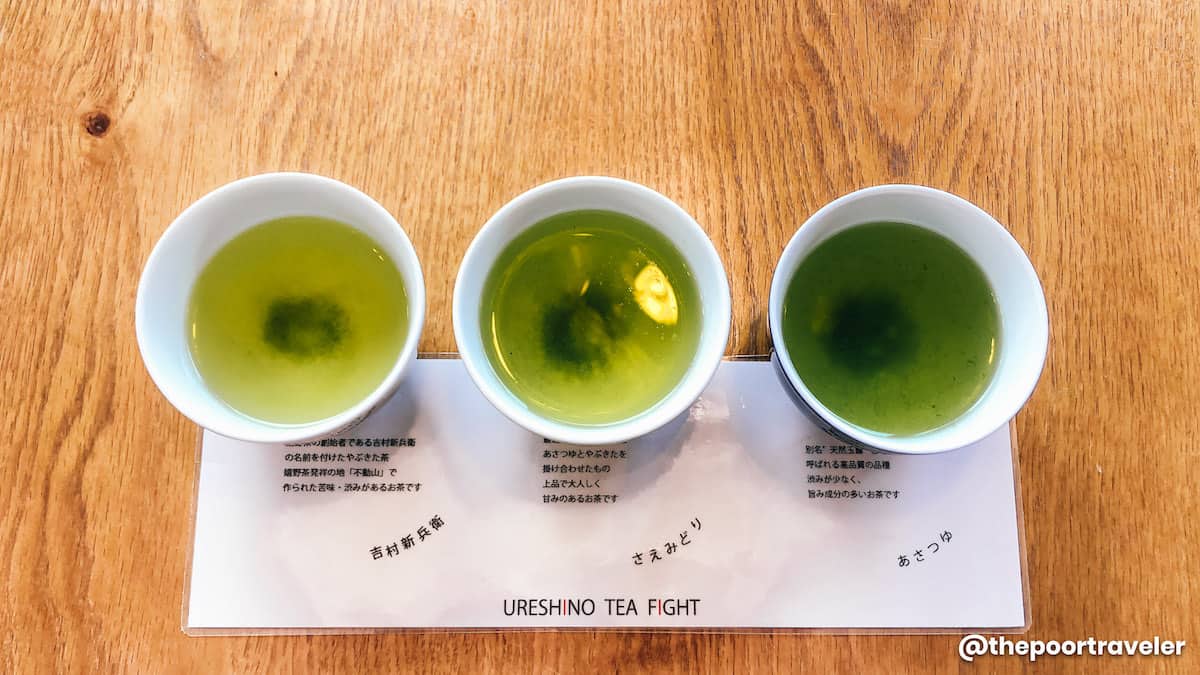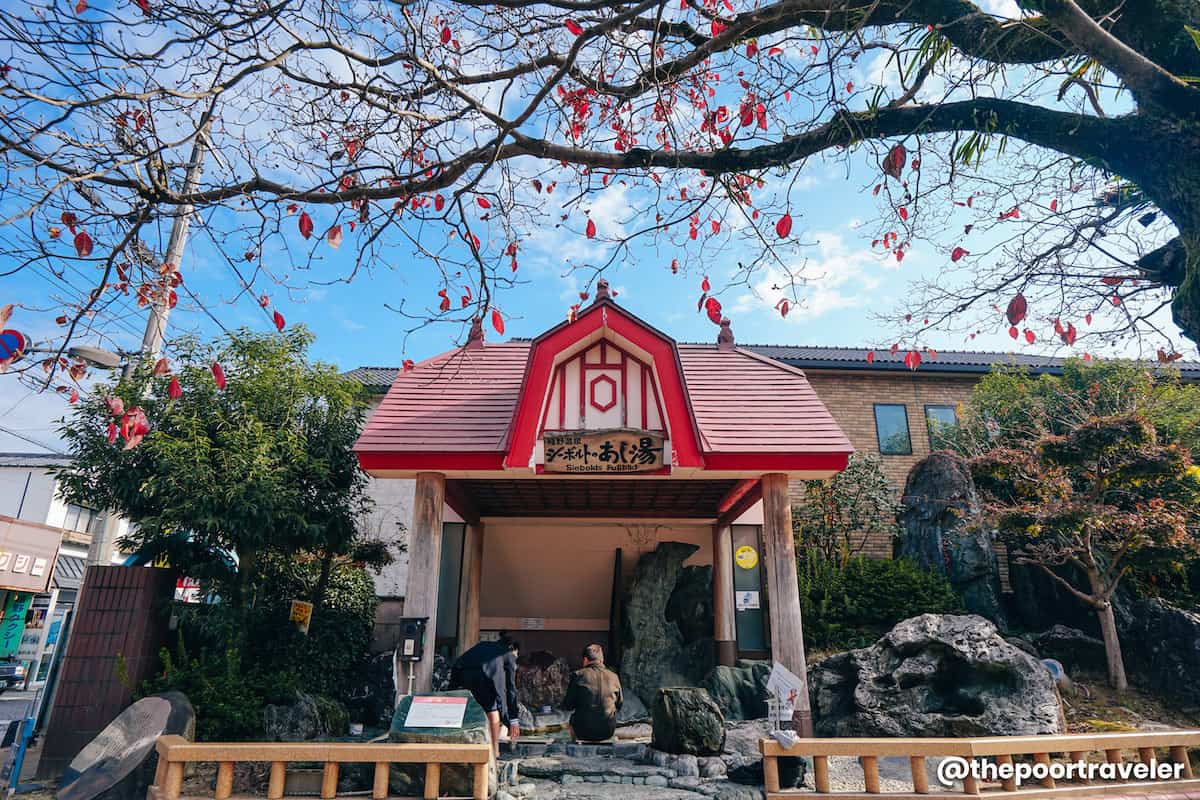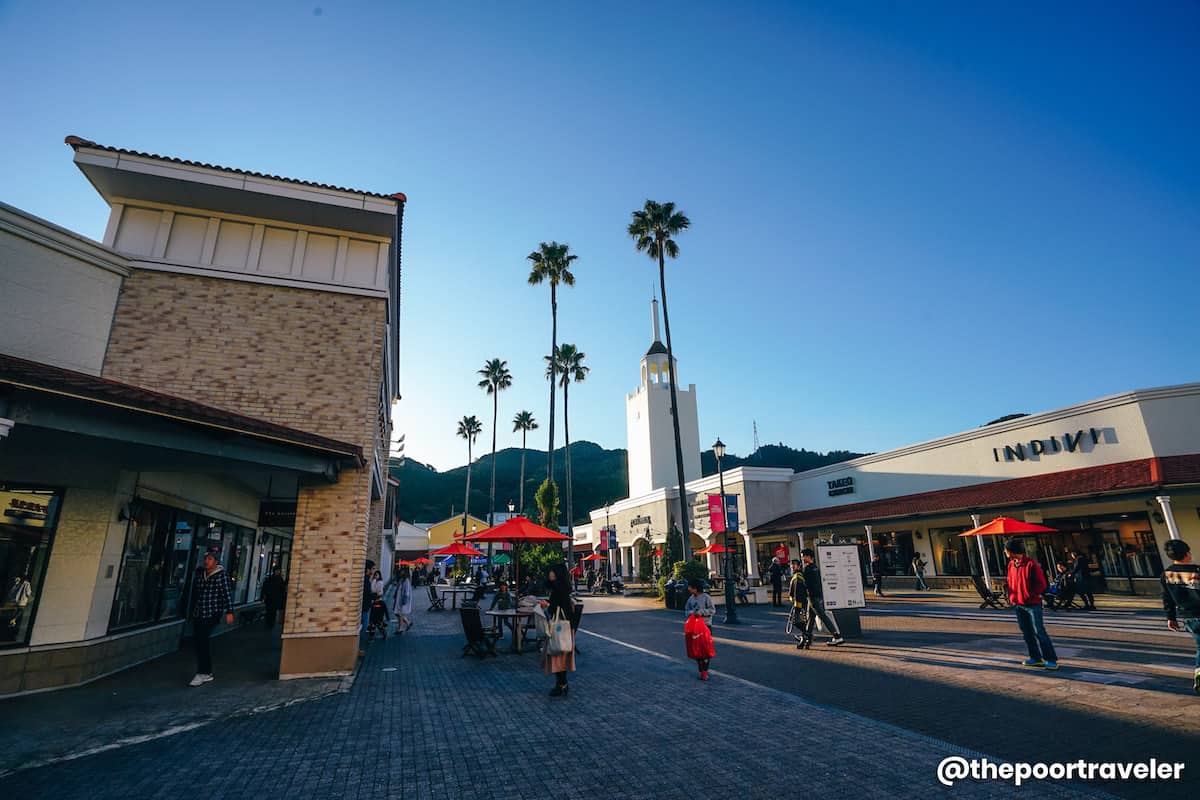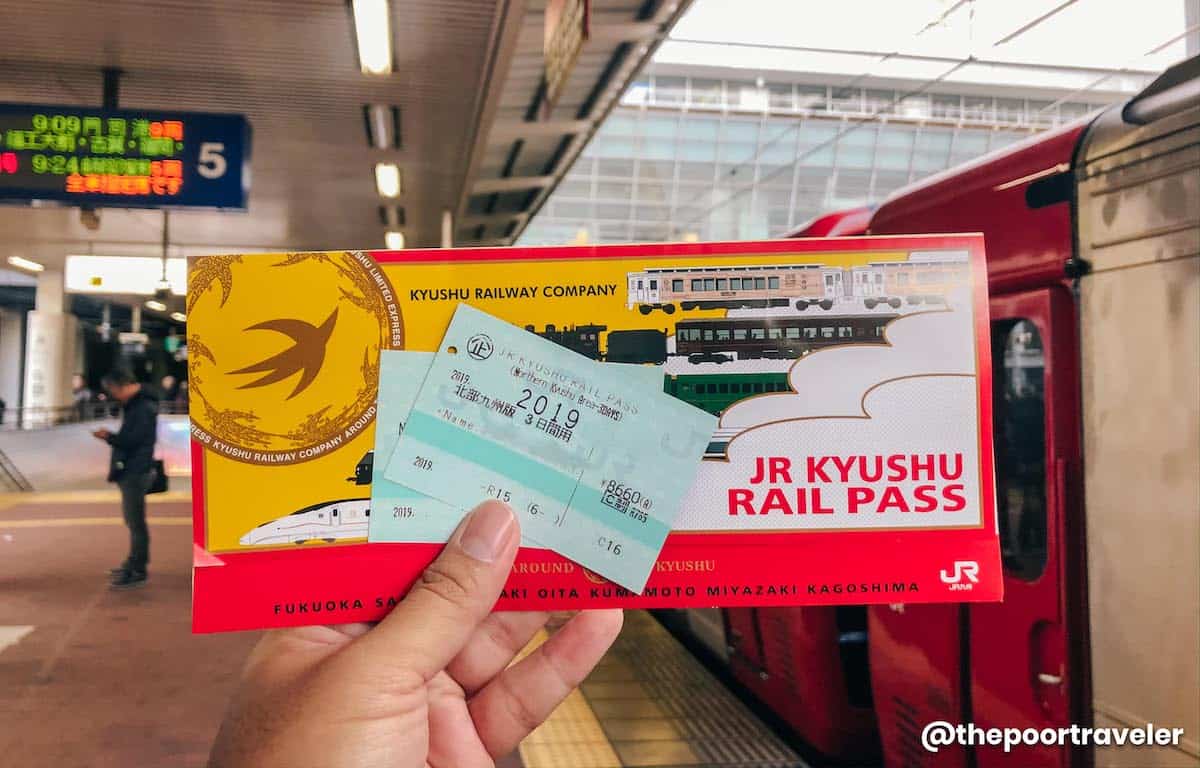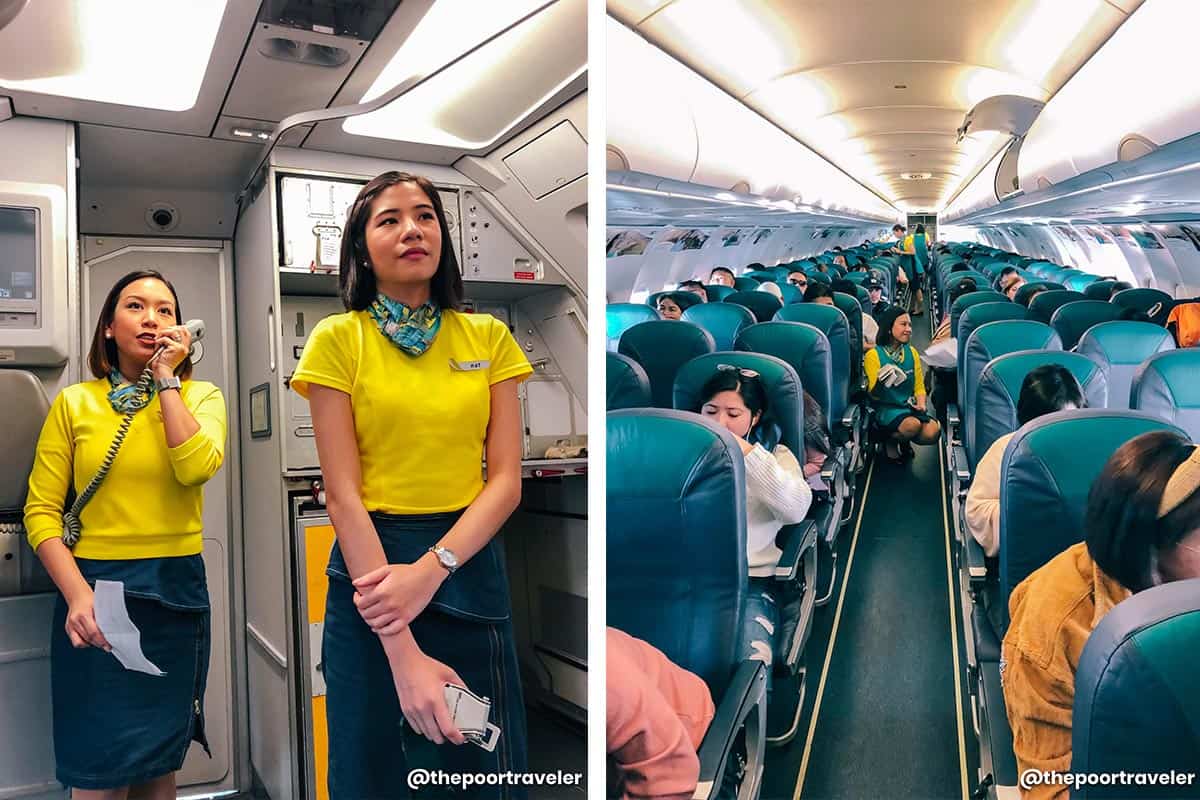It was Gerald Anderson and Julia Barretto who introduced Saga to me. In the film Between Maybes, this humble, little-known prefecture became the setting of an unlikely romance. While Saga’s rustic charm sure feels cinematic, there is definitely more to this unassuming destination than what can be captured on cam.
Saga is one of the seven prefectures that make up Kyushu Island. Located in the northwestern side of the island and situated next to Fukuoka, it is easily accessible. However, most tourists coming from Fukuoka, considered the primary gateway to Kyushu, breeze past this often overlooked destination in favor of Nagasaki. But there are many reasons to stop and take your time in Saga. Here are some of them.
Mifuneyama Rakuen
This was our most unforgettable stop in Saga. We visited in late November, so the entire site was clad in the fiery colors of fall.
Mifuneyama Rakuen is a picturesque garden in the shadows of Mt. Mifuneyama, a postcard-worthy mountain that looks like the hull of a ship. Completed in 1845, this was originally built as the holiday home of Shigeyoshi Nabeshima, a feudal lord. Spanning 50 hectares, this sprawling park takes pride in its walking trails that will take you around the site including a still pond that mirrors its breathtaking surroundings perfectly.
The best time to visit is spring, when the cherry blossom trees — all 5000 of them — reach the peak of their bloom. Aside from the sakura season, autumn is also a great time as the trees paint the site red and orange.
Entrance fee: ¥600
Hours open: 8am-5pm (may change on certain dates)
Nearest station: Takeo-Onsen Station.
Yutoku Inari Shrine
Welcoming over three million visitors annually, Yutoku Inari Shrine is undoubtedly one of the three most popular Inari shrines; the other two are Kyoto’s Fushimi Inari Shrine and Aichi’s Toyokawa Inari Shrine. Most visitors flock to the Shinto shrine to ask for good family fortune, good business, traffic safety, and a huge catch. The whole complex is stunning. It has a gate, a bridge, a garden, small ponds, the main building, a museum, the numerous dark orange (or red) torii gates, and other beautiful buildings.
Admission Fee: FREE; For the Yutoku Museum: ¥300 (Adult) / ¥200 (Students) / ¥100 (7-15 y/o); For the Garden: ¥200
Opening Hours: 9:00 AM – 4:30 PM
Location: 1855, Furueda, Kashima City, Saga Prefecture
Nearest Station: JR Hizen-Kashima Station. Travel time from JR Hakata Station to JR Hizen-Kashima Station is about an hour via Limited Express Train Kamome for around ¥3200. From the station, take the bus to Yutoku Inari Shrine. The bus fare is ¥320.
Saga Prefectural Government Office
What will you be doing at a government office, you ask? The Saga Prefectural Government Office offers a 360-degree, unobstructed view from its observation floor (called Saga 360). To manage your expectations, it isn’t that tall. It stands only 50 meters, but it is the tallest building in the city. If the weather cooperates, you can even see Mt. Unzen, an active volcano in Nagasaki Prefecture.
If you can, visit at around sunset when the city is bathed in golden light. After admiring the vista, have a taste of Saga’s rich, delectable cuisine at Shino, a restaurant on the same floor. You can dig into some tender, juicy Saga beef and delicious sashimi.
If you visit at night, you can also enjoy a projection mapping show! More about that in the next section.
Observation Hall Operating Hours: Weekdays, 8:30am-10pm; Saturdays, 10am-10pm; Sundays, 10am-9pm
Nearest train station: JR Saga Station. From here, you can take the bus from nearby Bus Center to Kencho-mae bus stop. It’s a short walk from there. You can also walk straight from Saga Station, but it’s gonna take at least 20 minutes.
Zombie Land Saga
Over the past few years, one of the anime shows that made the biggest waves in Japan is Zombie Land Saga, which tells the story of Sakura Minamoto, a high school student who met an untimely death on the way to an audition. Years later, she was resurrected together with other zombies to form a 7-piece singing group called Franchouchou and promote Saga Prefecture.
That’s a very odd story concept — outrageous, even — but I have to admit that it’s very interesting. Obviously, this is fiction (duh), but the great thing about it is, Saga Prefecture embraced it!
In fact, at the observation deck of the Saga Prefectural Government Office building, you can enjoy a projection mapping show featuring Zombie Land Saga. It culminates in an exclusive animated concert. But that’s not all.
Because many of the settings in the series were based on actual locations that exist in Saga, these places instantly became tourist sites as more anime fans flood in. One of them is the former Karatsu City Historical Folk Museum, which was featured on the show as Franchouchou’s home base. Other spots include Karatsu Castle and Drive-in Tori.
Saga Balloon Fiesta
Another thing that Saga is famous for? Hot air baloons!
Every year for the past 40 years, the Saga International Balloon Fiesta is held in Saga City. This is Asia’s largest hot air balloon competition, and pilots from all around the world participate. Visitors flock to this part of Kyushu to admire the countless hot air balloons decorating the skies. This happens for five days, usually in October or November.
Saga Balloon Museum
If your timing is a bit off, you can pay a visit to the Saga Balloon Museum instead and enjoy life-like videos of the balloon fiesta! Opened to the public in 2016, this is the very first of its kind in Japan featuring flight simulators and exhibits narrating the history of ballooning in Saga.
Entrance fee: 500 yen
Hours open: 10am-5pm
Closed: Mondays and New Year holidays
Address: 2-27 2chome, Matsubara, Saga City
Nearest train station: JR Saga Station. From here, you can take the bus from nearby Bus Center to Kencho-mae bus stop. It’s a short walk from there. You can also walk straight from Saga Station, but it’s gonna take at least 20 minutes.
Sagajoka Hinamatsuri (Doll Festival)
Another annual event you should try to catch is the Sagajoka Hinamatsuri (Saga Castle Town Doll’s Festival), which happens around the Saga Castle area, the Chokokan and Nagasaki Kaido.
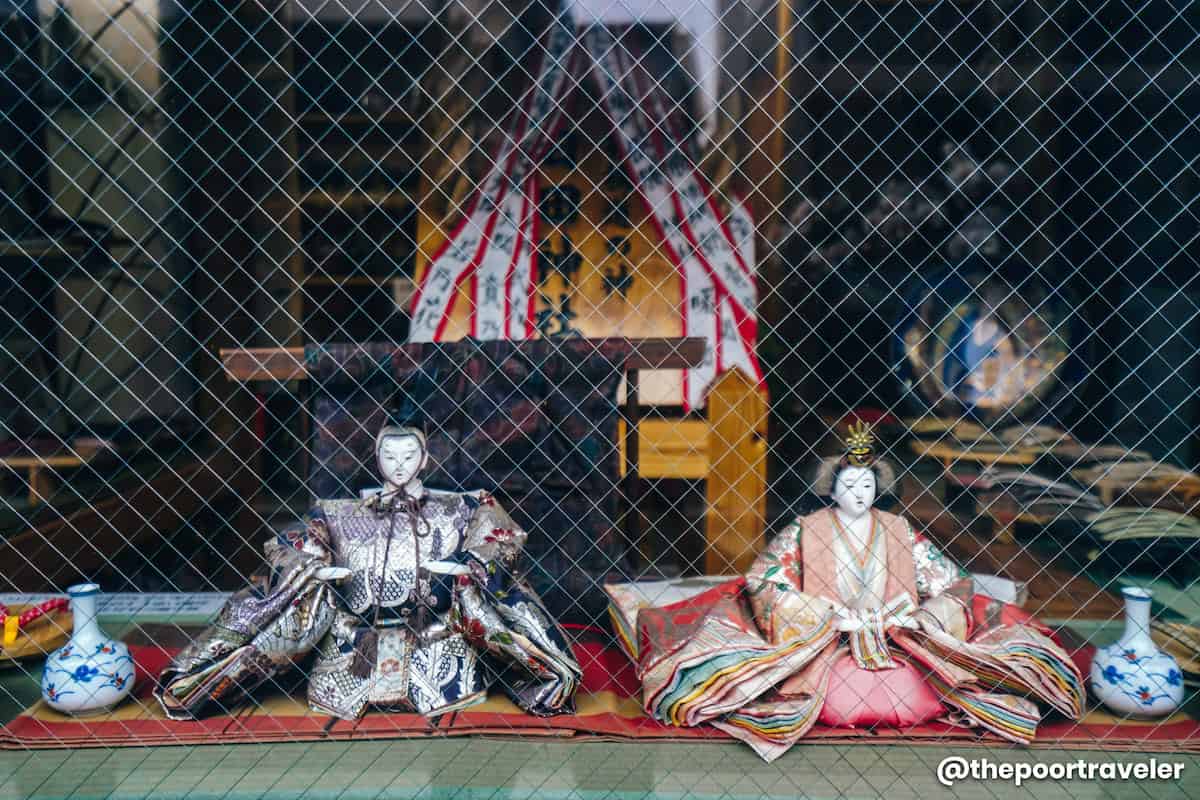
Held from mid-February to mid-March, the festival ushers in the spring season. During the celebration, hundreds of elegant traditional dolls are put on display including those from the house of Nabeshima, one of the most powerful clans back in the day, and silver doll accessories from the Kuroda clan of Fukuoka.
Ōuo Shrine (Floating Torii Gates)
Aside from delicious fresh seafood, the town of Tara is home to Ōuo Shrine, best known for its vermilion torii gates.
Legend has it that in the 1700s, a hated magistrate was abandoned in Okinoshima, an island in the middle of Ariake Sea off the coast of Saga. Seeing no sign of rescue, he prayed for salvation. A giant fish appeared and saved him. When he got back to Tara, he built the Ōuo Shrine in honor of the fish. Ōuo means “big fish”. The torii gates are arranged in a way that points to Okinoshima Island, where it all started, according to legend, that is.
The place is more popularly called “Floating Torii Gate of Oouo Shrine” because at high tide, they appear to be floating as the water rises above the base of the structures. But at low tide, you can walk through the gates on dry land.
Address: 1874-9 Tara Oaza, Tara, Tara-cho, Fujitsu-gun, Saga Prefecture
Nearest station: Tara Station
Saga Beef
When it comes to Japanese wagyu, the first things that would come to mind are Kobe beef or Matsusaka beef. But Japan boasts other brands that are also celebrated for their high quality. One of them is Saga beef.
Like Kobe beef, Saga beef comes from Japanese black cattle raised and fed in the prefecture’s ideal environment. Like the top quality wagyu brands, it is best known for the beautiful marbling of meat and fat, bright flavor, and tender, almost melt-in-your mouth texture.
Sicilian Rice
Another Saga delicacy that you should try is the so-called Sicilian Rice. No one really knows exactly where it got its name or how it is related to the Italian island halfway around the world, but it has become a regional specialty.
Sicilian rice is pretty simple — rice topped with fried meat, vegetable salad, and a sprinkle of mayonnaise. Each restaurant serving it has their own version, topping it with a more complex dressing or changing the type of meat. More upscale establishments serve it with Saga beef or wild boar meat, others with regular beef or chicken. Some add other ingredients. But at its core, it’s composed of rice, meat, and salad.
Ureshino Tea
Many cities in Japan lay claim to the origin of Japanese green tea. Uji in Kyoto and Hirado City in Nagasaki are both marketed as the birthplace of this well-loved drink. But Saga Prefecture cannot be discounted. Like the other cases, Saga’s claim is rooted in Eisai, a monk credited for bringing tea leaves from China. One of the places where he is believed to have planted tea plants was Mt. Sefuri, located in Kanzaki, Saga. Later on, it spilled over to neighboring Ureshino, which embraced it wholeheartedly and took it to another level.
Today, there is a strong tea culture in this part of Saga. Ureshina has the right conditions for growing quality tea. Its landscapes are dominated by terraced countrysides, covered in groves.
Green tea is served in most establishments in Saga. Some even serve samplers, like KiHaKo of YOSHIDAYA Cafe, which will allow you to taste three types of local green tea.
Ureshino Onsen
Tea isn’t the only thing that keeps the town of Ureshino hot and steaming. It’s also famous for hot springs!
Ureshino Onsen is a hot springs town in southern Saga. Like most onsen towns, it is great place to just take a dip, relax, and recharge. But Ureshino’s alkaline water is also believed to have great benefits to the skin. Around 60 ryokan and other establishments dot the map of the town.
When using an onsen, always remember the following:
- No bathing suit or underwear allowed. Strip down to your birthday suit. The thought of going completely naked can be unsettling, but trust me, no one gives an eff.
- Wash and shower before you take a dip. Sit on the provided stool while you wash. You’ll find liquid soap and shampoo near every shower space.
- No swimming, jumping, diving, or any other disturbing activity!
- Don’t let your hair or towel touch the water.
- No loud noises. Keep quiet.
- Dry yourself with a towel before heading back to the locker room.
In most public onsen, people with tattoo are not allowed, at least not those with the big ones.
You’ll also find foot bath facilities around town!
Tosu Premium Outlets
Modeled after a Southern California town, the site feels a bit out of place in Saga, but it is one of the most popular shopping stops in this part of Kyushu. This vast shopping destination houses 160 outlet stores featuring both Japan’s homegrown brands and international labels including Coach, Gap, Citizen, Kate Spade, Vans, Under Armour, Ralph Lauren, Seiko, and Takeo Kikuchi.
If you’re not that much of a shopaholic (like us), there’s a food court where you can stuff your face with ramen, takoyaki, and more!
Hours open: March-January 10am-8pm; February, 10am-7pm
Address: 8-1, Yayoigaoka, Tosu-shi, Saga, Japan
Nearest train station: Yayoigaoka Station. From here, you can take the bus to Tosu Premium Outlets.
How to Get to Saga
Saga has its own airport, Saga Airport (HSG), but it serves a very limited number of flights, mostly to and from Tokyo, Taipei, Shanghai, and Incheon. If you’re coming from other cities overseas, you are most likely going to land in Fukuoka International Airport (FUK).
From here, you need to get to Hakata Station. Here’s how.
Once you’re at Hakata Station, catch a train to Saga. If your destination is Saga City, the cheapest way is by boarding the Limited Express Kamome train.
Travel time: 40-50 minutes.
Fare: ¥1,130 (one way)
Seat Fee: ¥840 (unreserved)
Total cost: ¥1,970 (one-way)
To see the schedule, you can check Hyperdia.
If you’re traveling from Fukuoka to Saga or you plan to explore many parts of Saga Prefecture and other prefectures, consider getting a JR Kyushu Rail Pass to save a lot on fares! On our most recent trip, JR Kyushu shouldered our journeys by giving us a free JR Kyushu Rail Pass so we could use it first-hand and see for ourselves how far it could take us.
The JR Kyushu Rail Pass comes in three versions: Northern, Southern, and ALL Kyushu. But let’s focus on the two passes only: Northern and ALL Kyushu.
- If you’re interested to see Saga, Fukuoka, Nagasaki and the northern halves of Oita and Kumamoto prefectures, the JR NORTHERN KYUSHU AREA PASS should be enough.
– Can be used for: Local trains, limited express trains, and Hakata-Kumamoto Shinkansen
– Price: ¥8660 (3 days); ¥10,190 (5 days)
– Number of seat reservations allowed: 10 (for 3 days), 16 (for 5 days) - If you’re also going to Miyazaki and Kagoshima, consider getting the ALL KYUSHU AREA PASS instead.
– Can be used for: Local trains, limited express trains, and Hakata-Kagoshima-chuo Shinkansen
– Price: ¥15,280 (3 days); ¥18,330 (5 days)
– Number of seat reservations allowed: 10 (for 3 days), 16 (for 5 days)
To give you an idea on how much savings you can get, here’s an example. Let’s say that you’re visiting both Saga ang Nagasaki.
- Fukuoka to Saga City: ¥1970
- Saga to Nagasaki: ¥3420
- Nagasaki to Hakata (Fukuoka): ¥4270
- TOTAL: ¥9660 (with unreserved seats)
But the NORTHERN KYUSHU AREA PASS costs only ¥8660. For this route alone, this pass will give you ¥1000 savings. On top of that, it also allows you unlimited access to JR trains to explore other parts of Kyushu and up to 10 seat reservations. All the other additional train ride you’re gonna take can be considered savings.
You can purchase online. You can book any of three versions through the link below.
✅ GET A JR KYUSHU RAIL PASS HERE!
How to Get to Fukuoka
For international travelers, Fukuoka is the gateway to Saga. If you’re flying from Manila, Cebu Pacific offers some of the cheapest flights to Fukuoka. Travel time is about three hours.
Getting to the city center (Hakata/Tenjin) from Fukuoka Airport is very easy. You can take the subway, the bus or the taxi. It will take about thirty minutes from the airport to either Hakata or Tenjin. You can read the detailed post on how to get to the city center from the airport here: FUKUOKA AIRPORT to HAKATA STATION & TENJIN: By Bus, Subway & Taxi
Special thanks to JR Kyushu, Kyushu Tourism Promotion Organization, and Cebu Pacific for making our Kyushu trip possible! Opinions are our own.
2020 • 1 • 25
